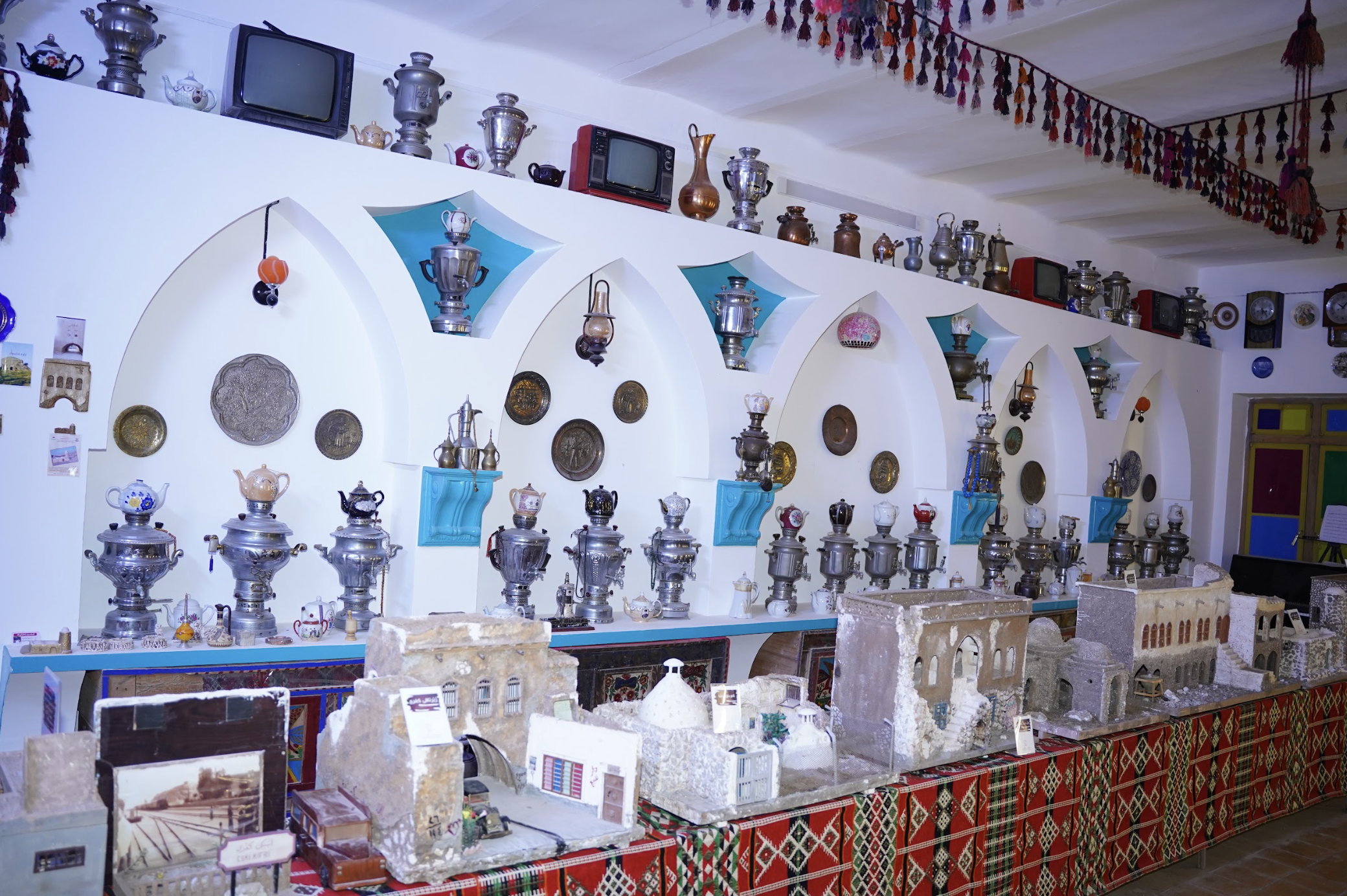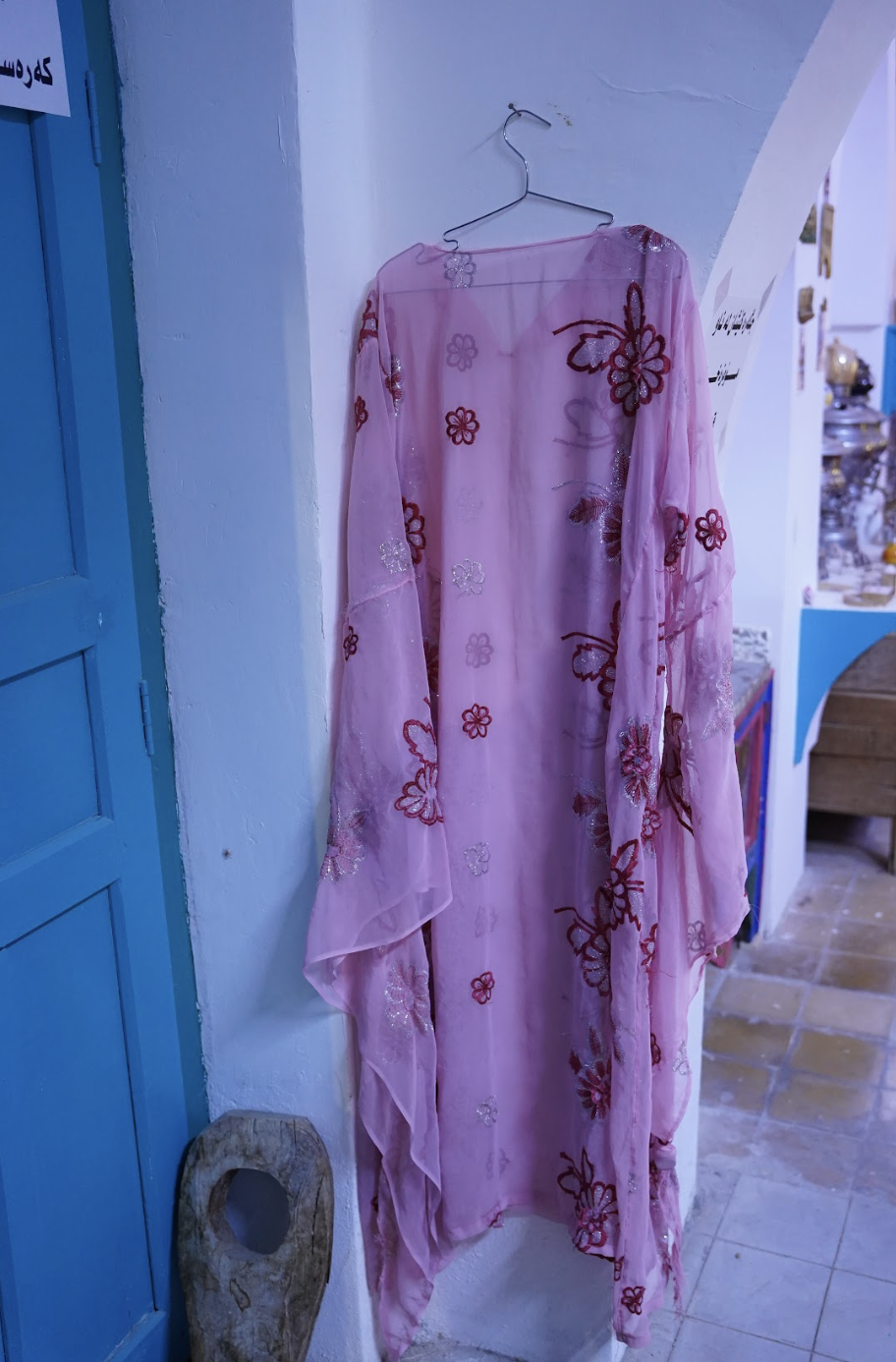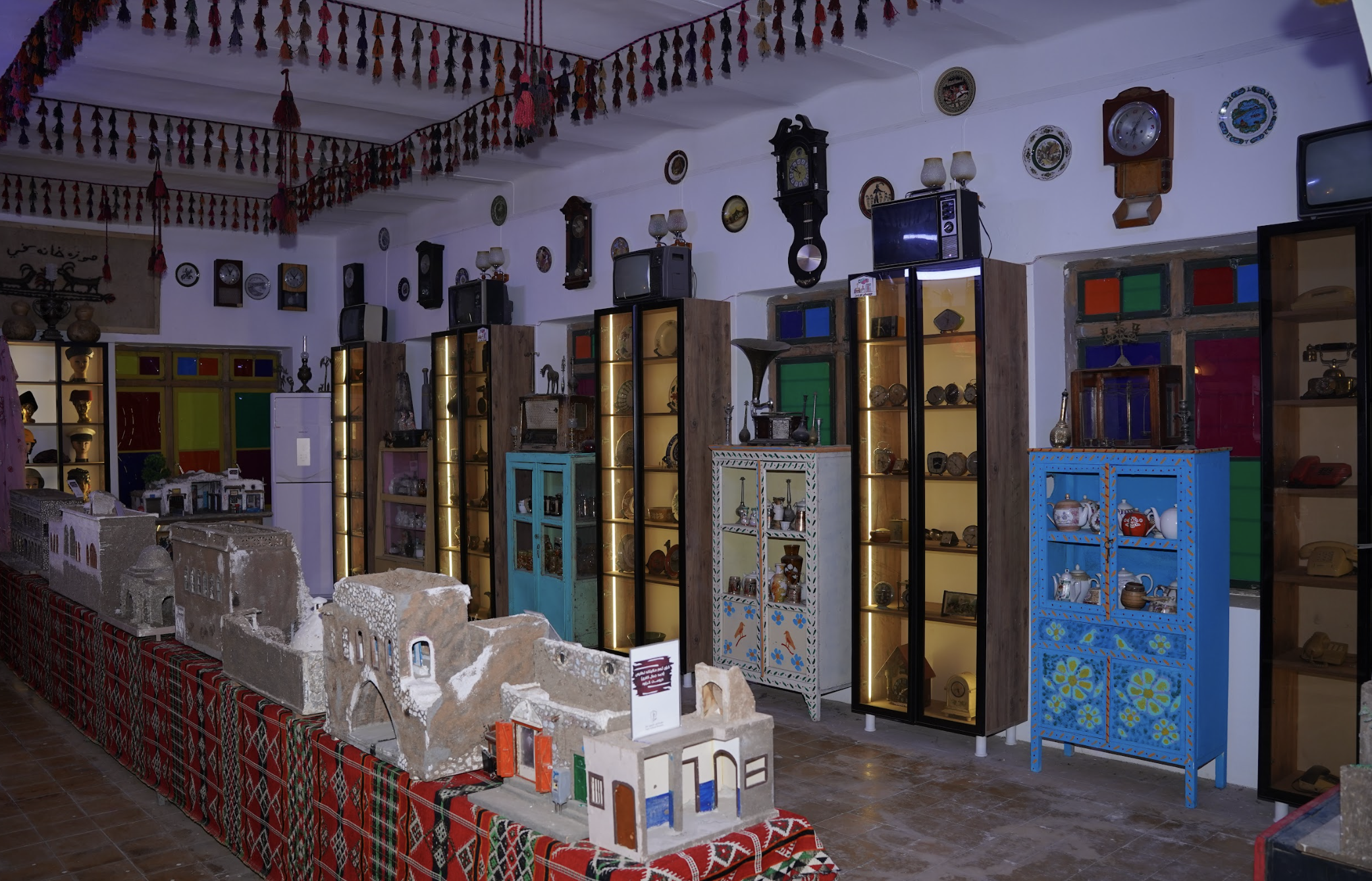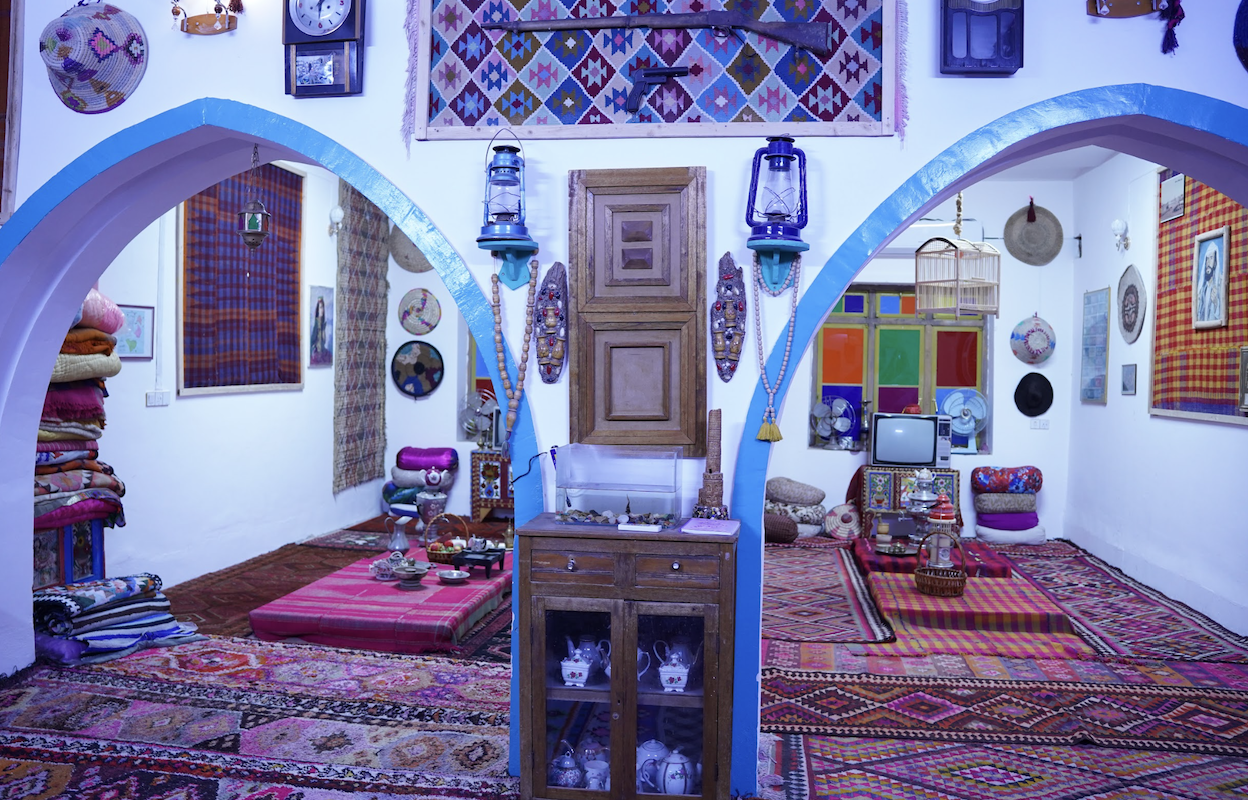Historical research reveals that people across most parts of the Kurdistan Region have long practiced agriculture and animal husbandry. Archeological records of the city of Kifri in the Diyala Governorate attests to this fact, as the area has long served as an important commercial center for these activities.
Located along routes that connected the Ottoman and Safavid Empires and used by caravans traveling between them – as well as south to Baghdad – Kifri is replete with archaeological and cultural sites that date to the Assyrian and Achaemenid periods. As a result, it serves as a living laboratory of Kurdish culture and heritage, interwoven with the legacies of regional empires and civilizations, providing clues into how the people who inhabited the Kurdistan Region have lived over time.

Capturing this past is the Kifri Cultural Museum, located on Najib Pasha Baban Street in the western part of the city. Established in 2015, the museum occupies a 100-year-old building that once served as Kifri’s post office. It includes a courtyard and 12 rooms, each dedicated to displaying a type of Kurdish traditional clothing, giving a special beauty to the room.
Several sections of the museum are dedicated to preserving, exhibiting, and showcasing vintage tools, including early televisions and radios, as well as woven carpets and rugs, traditional Kurdish crafts, and a collection of agricultural tools, plows, grocery scales, stone mills, and sieves. The age of the artifacts in this museum ranges between 50 to 200 years, each with its own unique story.

The pink shirt
The Kifri Cultural Museum also serves as a monument to the tragedies that have befallen the Kurds, where in silence and peace it unfurls dozens of heartbreaking stories for visitors, who can connect with the quotidian, relatable, and curious tales from days long past.

One of the most heartbreaking stories is that of a Kurdish girl whose life was cut down by the genocidal Anfal Campaign in 1988. Her story, exhibited as “the pink shirt,” tells how three days before the Anfal attacks, the girl was engaged in a village in Garmian region, which includes Kifri. As part of Kurdish cultural and social traditions, she took her wedding dress to the tailor while visiting the homes of her two sisters in the city.
The tailor began sewing one side but left the other unfinished when the Anfal Campaign began. Like many others, the tailor fled the city. In 1992, the tailor returned and began searching for the homes of the girl’s sisters and manages to return to dress to them, nobly returning the money for the unfinished work – 3 Iraqi dirham – tucked into a shirt sleeve.

The dress remained untouched inside an old box for nearly three decades, from 1988 to 2016. Then, after all those years, Soran Osman, the director of the Kifri Cultural Museum, opened it for the first time. Inside, he found a collection of clothes – shirts, underwear, and a women’s vest – that still carried the scent of musk.
Later, the girl’s sisters donated her clothes to Osman to be preserved in the museum alongside her story. The items were specially treated to prevent deterioration and are displayed so as to avoid direct sunlight. In addition to the famous pink shirt, the museum houses several other pieces of clothing and personal belongings left behind by Anfal victims, along with their stories.

A cultural hub
In addition to its mission to collect, preserve, and present Kurdish cultural objects, the Kifri Cultural Museum is an active cultural hub that brings together people of all ages and backgrounds. Events encompass a wide range of cultural, artistic, and Kurdish traditions, including festivals, maqamats (singing music forms), book publishing conferences, Kurdish food preparation courses, singing, and music.
Every day, it welcomes numerous guests and tourists from all segments of society in the region and beyond.

The museum also maintains a strong relationship with the Department of Education at Garmian Polytechnic University. Students of different ages and academic levels visit the museum regularly in an official capacity to learn about their past.
Gharib Ali Saleem, PhD Student in Tourism Marketing, University of Sulaymaniyah, Kurdistan Region, Iraq